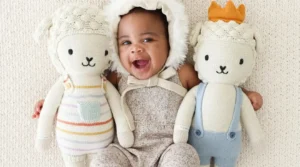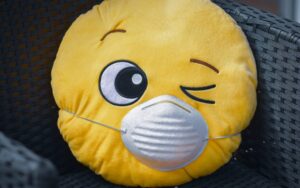Stuffed animals are more than just toys—they’re cherished companions filled with memories, comfort, and sometimes even a bit of magic. But over time, these soft friends can get worn out, dirty, or damaged, making them seem beyond saving. What if you could breathe new life into your beloved plush toy, restoring its softness, shape, and charm? This guide answers all your questions about reviving old stuffed animals safely and effectively.
In short, reviving old stuffed animals involves careful cleaning, repairing damaged seams, replacing or refreshing stuffing, and treating odors or mold. Proper restoration can extend the life of your plush friend, preserving both its sentimental value and appearance. Whether it’s a childhood teddy bear or a collectible plush, knowing how to revive it is a skill every toy lover should have.
Imagine a once-loved teddy bear, passed down through generations, worn and faded but ready to be brought back to life. By the end of this guide, you’ll have all the tools and know-how to do just that—let’s get started.
1. What Are the Common Signs That a Stuffed Animal Needs Revival?
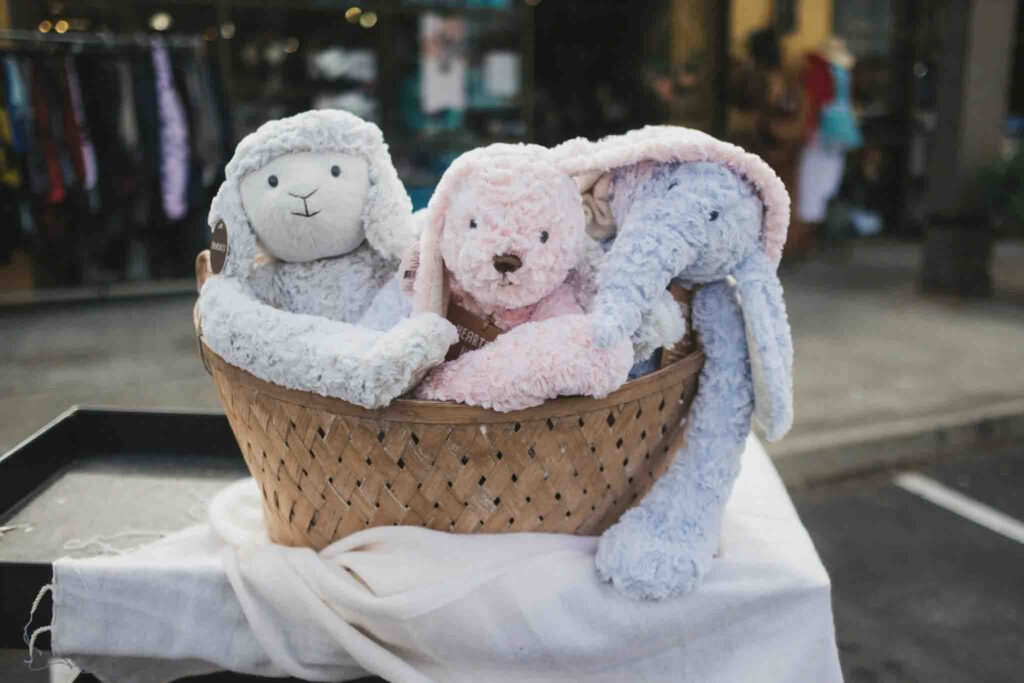
Old stuffed animals often show telltale signs such as dirt buildup, discoloration, loose seams, flattened stuffing, and unpleasant odors that signal it’s time for restoration.
- Visible Wear and Tear: Check for fabric thinning, holes, or frayed edges that weaken the toy’s structure. Small tears often worsen if left untreated.
- Loss of Shape: Over years of cuddling and storage, stuffing can compress or clump, causing the toy to lose its original plumpness and softness.
- Stains and Dirt: Outdoor play, spills, and dust accumulation lead to discoloration that affects appearance and hygiene.
- Odors and Mold: Musty smells or visible mold spots indicate moisture damage and poor storage conditions.
- Safety Concerns: Loose buttons, eyes, or small parts could pose choking hazards, especially for children.
Identifying these signs early allows for timely intervention, protecting both the toy’s aesthetic and sentimental value. When you’re ready to restore, make sure to use gentle, tested methods to avoid causing further damage.
| Common Signs a Stuffed Animal Needs Revival | Description |
|---|---|
| Visible Wear and Tear | Fabric thinning, holes, or frayed edges weakening the toy’s structure; untreated tears worsen |
| Loss of Shape | Stuffing compresses or clumps over time, causing loss of plumpness and softness |
| Stains and Dirt | Discoloration from outdoor play, spills, and dust accumulation affects appearance and hygiene |
| Odors and Mold | Musty smells or visible mold spots indicating moisture damage and poor storage |
| Safety Concerns | Loose buttons, eyes, or small parts posing choking hazards, especially for children |
2. How Do You Safely Clean Old Stuffed Animals Without Causing Damage?
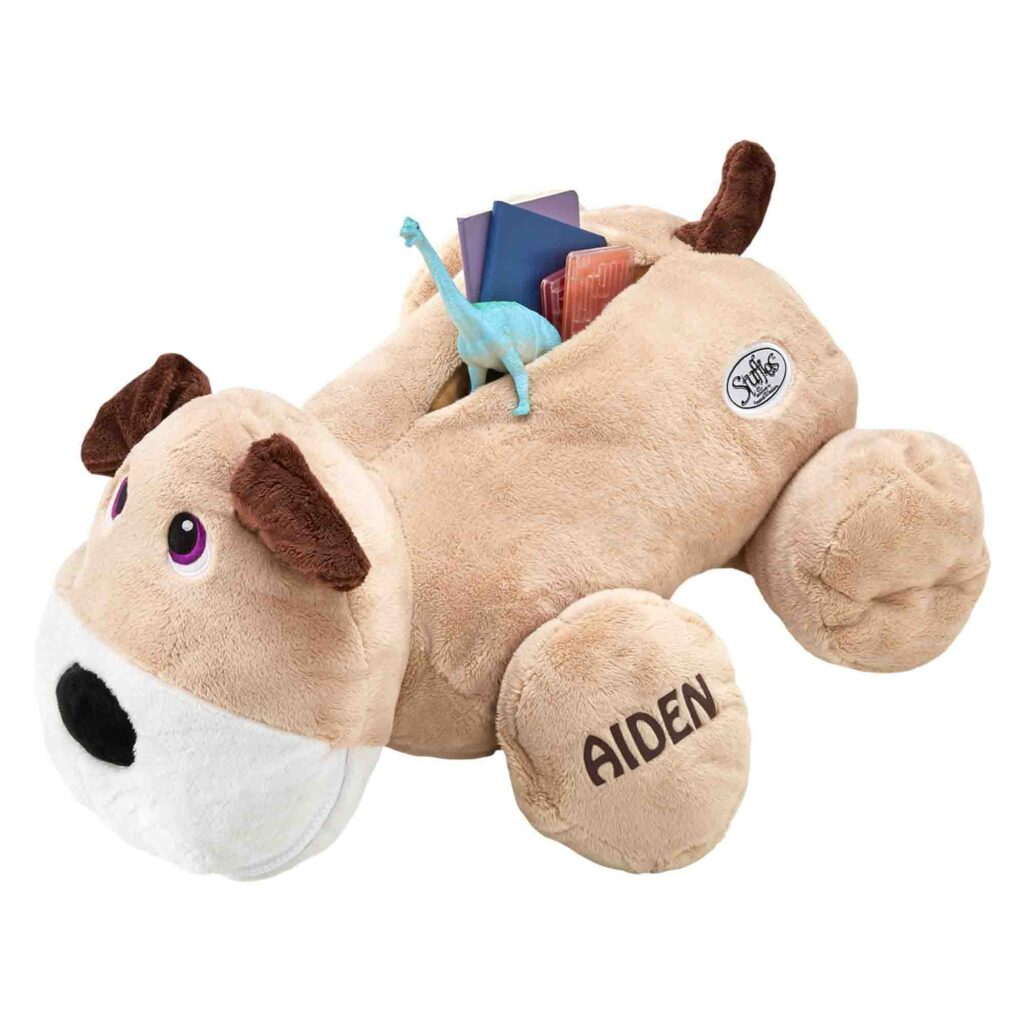
To clean old stuffed animals safely, use gentle hand washing with mild detergents, avoid harsh chemicals, and dry thoroughly to prevent mold.
- Material Matters: Always check the care label or fabric type. Plush toys with delicate fabrics or electronics require specific cleaning methods.
- Hand Wash vs Machine Wash: Hand washing with lukewarm water and baby shampoo or mild detergent is safest. Machine washing can distort shape or cause color bleeding.
- Spot Cleaning: For minor stains, use a soft cloth dipped in diluted detergent to gently dab affected areas.
- Drying Techniques: Avoid direct sunlight or high heat. Instead, air dry in a well-ventilated area, using fans if necessary. Avoid tumble dryers unless specified safe.
- Use of Sanitizers: If necessary, steam cleaning or disinfectant sprays designed for fabrics can kill bacteria without harsh effects.
- Professional Cleaning: For vintage or valuable stuffed animals, consider professional plush toy cleaning services that specialize in gentle restoration.
Cleaning not only refreshes appearance but also improves hygiene, essential for kids and collectors alike.
| Cleaning Aspect | Key Tips |
|---|---|
| Material Matters | Check care label; delicate fabrics or electronics need special cleaning methods |
| Hand Wash vs Machine Wash | Hand wash with lukewarm water and mild detergent is safest; machine wash may distort shape/color |
| Spot Cleaning | Use soft cloth with diluted detergent to gently dab minor stains |
| Drying Techniques | Air dry in ventilated area; avoid direct sunlight, high heat, and tumble dryers unless safe |
| Use of Sanitizers | Steam cleaning or fabric disinfectant sprays can kill bacteria without damage |
| Professional Cleaning | Consider specialists for vintage or valuable plush toys for gentle, effective restoration |
3. Which Materials and Tools Are Essential for Repairing Tears and Loose Seams?

Common materials for repairs include nylon or polyester thread, fine needles, fabric patches, and non-toxic glue suited for plush fabrics.
- Choosing the Right Thread: Polyester or nylon thread is preferred for durability and elasticity, blending well with soft fabrics.
- Needle Size: Use small, sharp needles to carefully sew through plush without causing extra fabric damage.
- Fabric Patches: Soft cotton or felt patches help reinforce thin or torn areas without compromising the toy’s softness.
- Non-Toxic Adhesives: Fabric glues can secure small parts or loose patches when sewing isn’t feasible. Ensure the glue is safe for children.
- Seam Types: Master basic stitches like the ladder stitch for invisible seam repair, ensuring a clean finish.
- Replacing Parts: Buttons or eyes may be replaced with safer, embroidered options for child safety.
Proper tools and techniques help maintain the original charm of the toy while extending its usable life.
| Repair Materials & Tools | Description |
|---|---|
| Thread | Polyester or nylon thread for durability and elasticity, blends well with plush fabrics |
| Needles | Small, sharp needles to sew carefully without damaging fabric |
| Fabric Patches | Soft cotton or felt patches to reinforce thin or torn areas without affecting softness |
| Non-Toxic Adhesives | Fabric-safe glue to secure small parts or patches when sewing isn’t feasible; child-safe glue |
| Seam Techniques | Basic stitches like ladder stitch for invisible, clean seam repair |
| Replacement Parts | Safer embroidered buttons or eyes for child safety |
4. Do You Need to Replace Stuffing, and How Can You Do It Effectively?

If a stuffed animal feels flat or lumpy, replacing or refreshing the stuffing can restore shape and comfort.
- Assessing Stuffing Condition: Over time, cotton, polyester fiberfill, or foam can degrade, absorb odors, or clump. If it feels hard or thin, replacement is recommended.
- Choosing New Stuffing: Polyester fiberfill is widely preferred for softness, durability, and hypoallergenic properties. For eco-friendly options, consider recycled polyester or natural wool.
- How to Restuff: Carefully open a seam, remove old stuffing, insert new stuffing evenly to restore original shape, then sew the seam securely.
- Partial vs Full Replacement: In some cases, adding stuffing rather than full replacement suffices to regain fluffiness.
- Safety Tips: Avoid overstuffing, which can strain seams and distort shape. Use clean materials to prevent contamination.
Replacing stuffing not only revives comfort but also extends the toy’s lifespan significantly.
| Stuffing Replacement Aspect | Key Points |
|---|---|
| Assessing Condition | Stuffing may degrade, clump, or absorb odors; hard or thin stuffing needs replacement |
| Choosing New Stuffing | Polyester fiberfill preferred for softness, durability, hypoallergenic; eco options include recycled polyester or wool |
| How to Restuff | Open seam carefully, remove old stuffing, insert new stuffing evenly, sew securely |
| Partial vs Full Replacement | Sometimes adding stuffing is enough; other times full replacement is required |
| Safety Tips | Avoid overstuffing to prevent seam strain and distortion; use clean materials |
5. Is It Possible to Remove Mold and Odors from Old Plush Toys?
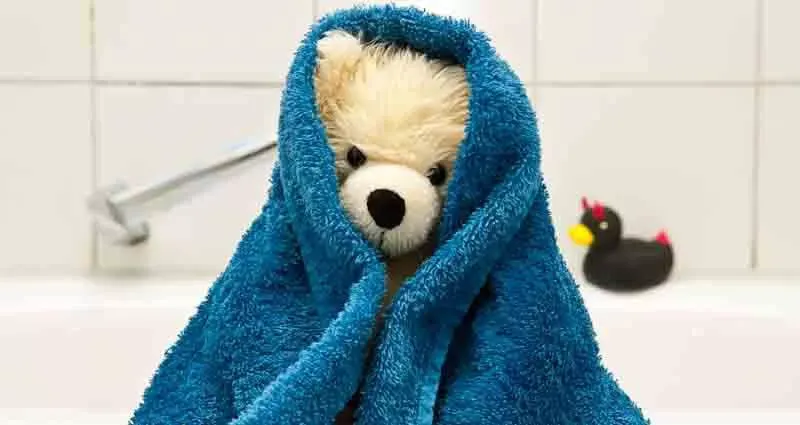
Yes, mold and odors can be removed through careful cleaning, drying, and deodorizing, but severe mold may require disposal.
- Causes of Mold and Odors: High humidity, damp storage, and poor ventilation cause mold growth and musty smells.
- Cleaning Mold: Use mild detergent with white vinegar or baking soda solutions to clean affected areas. Avoid bleach which can damage fabric.
- Drying Completely: Thorough drying under a fan or dehumidifier prevents mold recurrence.
- Deodorizing Methods: Baking soda sprinkling, activated charcoal packs, or fabric-safe odor neutralizers effectively reduce lingering smells.
- When to Dispose: If mold is extensive, deeply embedded, or poses health risks, it’s safer to retire the toy to protect household health.
- Preventive Storage: Store in breathable containers with silica gel packets or moisture absorbers to avoid future mold.
Removing mold restores safety and comfort, preserving treasured toys for continued enjoyment.
| Mold and Odor Removal Aspect | Key Points |
|---|---|
| Causes | High humidity, damp storage, poor ventilation lead to mold growth and musty odors |
| Cleaning Mold | Use mild detergent with white vinegar or baking soda; avoid bleach to protect fabric |
| Drying Completely | Thorough drying with fan or dehumidifier prevents mold recurrence |
| Deodorizing Methods | Baking soda, activated charcoal, or fabric-safe odor neutralizers reduce lingering smells |
| When to Dispose | Extensive or deep mold posing health risks requires retiring the toy |
| Preventive Storage | Store in breathable containers with silica gel or moisture absorbers to prevent mold |
6. How Can You Preserve and Protect Revived Stuffed Animals for the Future?
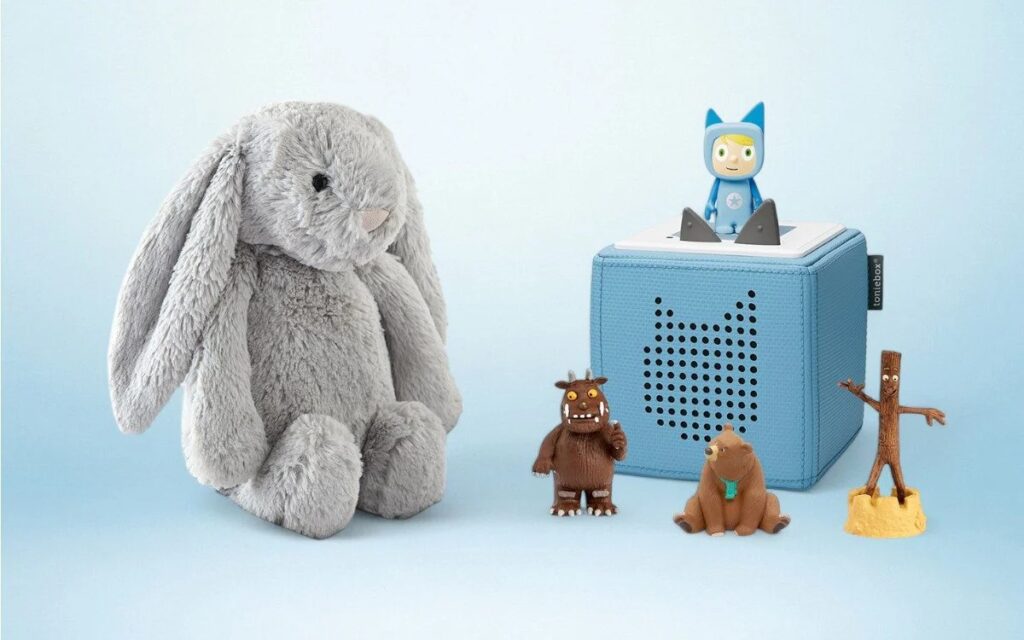
Proper storage, gentle cleaning routines, and sustainable care help preserve stuffed animals long-term.
- Storage Conditions: Store toys in cool, dry places away from direct sunlight and humidity to prevent fading and mold.
- Protective Containers: Use breathable fabric bags or plastic bins with ventilation holes, adding moisture absorbers.
- Regular Maintenance: Periodically dust and spot clean to avoid dirt buildup. Rotate toys if displayed to minimize wear.
- Eco-Friendly Care: Use sustainable cleaning products and materials for repairs and stuffing to align with environmental values.
- Handling Guidelines: Teach children gentle handling to avoid damage and loose parts.
- Custom Solutions: Kinwin offers tailored plush toy restoration and protective solutions, blending quality with sustainability—contact us for expert custom services.
Caring for your revived stuffed animals ensures they remain beloved companions for years to come.
| Preservation Aspect | Key Tips |
|---|---|
| Storage Conditions | Keep toys in cool, dry places away from sunlight and humidity to prevent fading and mold |
| Protective Containers | Use breathable fabric bags or plastic bins with ventilation holes; add moisture absorbers |
| Regular Maintenance | Dust and spot clean regularly; rotate displayed toys to minimize wear |
| Eco-Friendly Care | Choose sustainable cleaning products and repair materials to support environmental values |
| Handling Guidelines | Teach children gentle handling to prevent damage and loose parts |
| Custom Solutions | Kinwin offers tailored restoration and protective services combining quality with sustainability |
Quick Revival Checklist
| Step | Key Tips | Tools/Materials |
|---|---|---|
| Identify damage | Look for tears, stains, odors | Magnifying glass, bright light |
| Clean gently | Hand wash, spot clean, air dry | Mild detergent, soft cloth |
| Repair seams | Use invisible stitches, fabric patches | Needle, polyester thread |
| Replace stuffing | Remove old, insert new fiberfill evenly | Polyester fiberfill, scissors |
| Remove mold/odor | Use vinegar/baking soda, dry fully | Vinegar, baking soda, fan |
| Store properly | Dry, cool place, breathable container | Fabric bags, silica gel packs |
Reviving your stuffed animals is both an art and a science—combining care, patience, and the right tools to restore their joy and softness. If you’re ready to bring your plush toys back to life or want customized solutions for large orders, reach out to Kinwin. With our advanced equipment and eco-conscious approach, we provide expert restoration and high-quality plush products designed for durability and beauty. Let us help you give your cherished stuffed animals a new lease on life!





